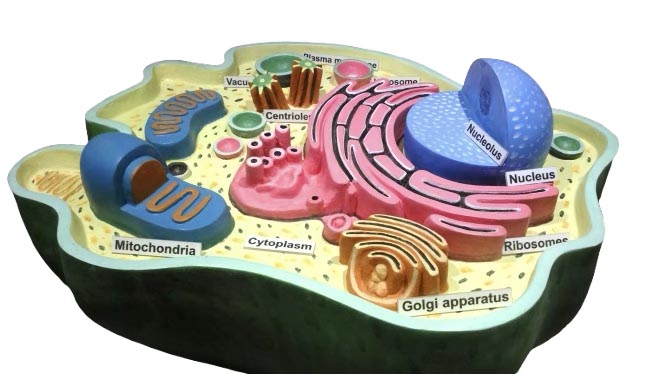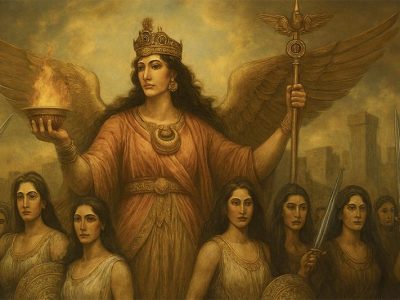
By: Prof. Dr. Seyed Saeid Zamanieh Shahri, MD and Prof. Dr. Sonia Sayyedalhosseini, MD
The cell is the building block of living systems, and its chemical structure contributes significantly to our better understanding of health and disease. Health is related to the normal performance of biochemical reactions at the molecular and cellular levels, and various problems can cause disease by affecting various biochemical mechanisms in the cell or body. Today, the importance of life molecules or biomolecules that form the main biochemical composition of the cell is quite clear. Humanity has long realized that many diseases have a biochemical basis, for example, scurvy caused by vitamin C deficiency, rickets caused by vitamin D deficiency, kwashiorkor caused by protein deficiency in the diet, phenylketonuria caused by a deficiency of the enzyme phenylalanine hydroxylase that converts phenylalanine to tyrosine, and diabetes caused by a disorder of carbohydrate metabolism. It is clear that biochemistry (the science of studying biomolecules) is closely related to disease and health. The field of biochemistry is very broad. Today, genetic diseases, gene testing, and gene therapy have also gained considerable importance. Biochemistry is also closely related to genetics.
Many diseases have a genetic basis, for example, sickle cell anemia, fibrocystic disease, and phenylketonuria are genetic diseases. Now you have understood well that in most diseases there is a defect in one of the stages of biomolecule metabolism.
The human body is made up of a few elements that, when combined, create a wide range of molecules. The main elements of the human body are carbon, hydrogen, oxygen, and nitrogen.
There are four main categories of vital biomolecules: nucleic acids, proteins, polysaccharides (carbohydrates), and lipids (fats).

Nucleic acids are of two types:
ribonucleic acid (RNA) and deoxyribonucleic acid (DNA). These complex molecules are made up of simple molecules. The building blocks of these acids are deoxynucleotide, ribonucleotide, protein (amino acid) and polysaccharide (glucose).
These four groups are biopolymers (i.e. made from the repetition and sequence of a number of smaller units) and their building block that is repeated in the structure of the molecule is called monomer (smaller unit).
The building block of lipid is fatty acid, but lipid is not a fatty acid biopolymer. The protoplasm of the cell under the light microscope has two main parts: the nucleus and the cytoplasm.
The nucleus is separated from the cytoplasm by a nuclear membrane, and the cytoplasm from the surrounding fluids by a cell membrane. The various substances that make up the cell are called protoplasm. Protoplasm is mainly composed of five basic substances, namely water, electrolytes, proteins, lipids and carbohydrates. Thus, it can be said that proteins, fats, carbohydrates, water and minerals are the main components of the human body. The percentage of water in the body is inversely proportional to the amount of fat. This amount drops to 22.5% in bone without marrow.
Now we will examine the composition of protoplasm. The main liquid medium of the cell is water, which is present in most cells except fat cells at a rate of 70 to 85%. Cellular chemical reactions take place with the help of water. Many chemicals dissolve in water, and some of them are suspended in the form of solid particles. The transport of substances across the cell membrane usually requires water. Protein is the most abundant substance after water. In most cells, it is a protein that makes up about 10 to 20 percent of the cell mass. Cellular proteins are of two types: structural and globular.
To be continued









